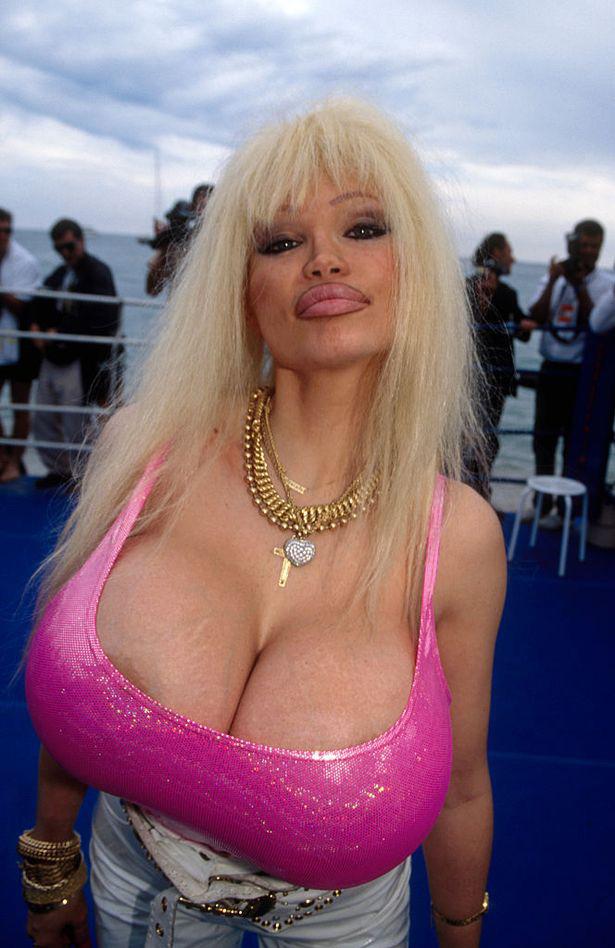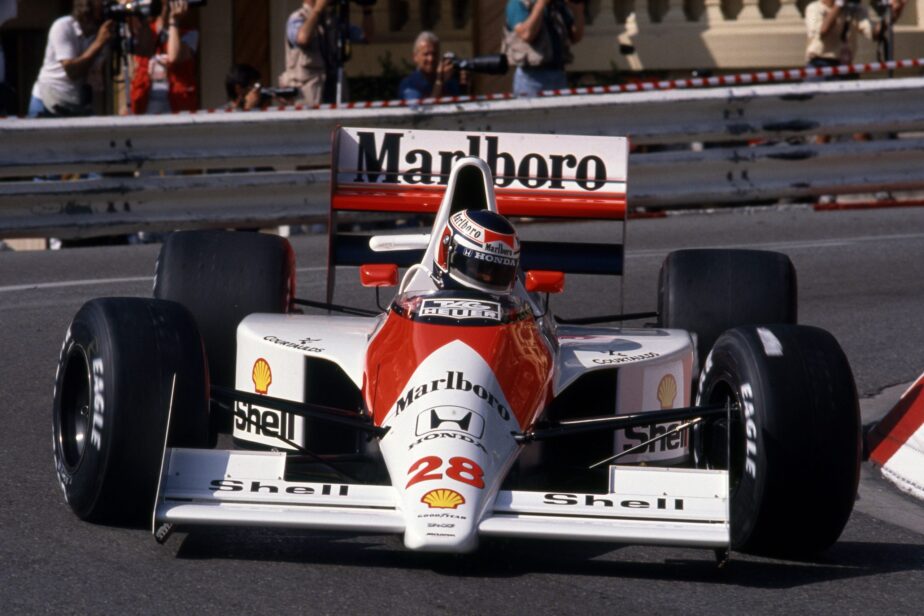
The 1990s were a defining decade in Formula 1—an era of legendary drivers, brutal rivalries, evolving technology, and high-stakes drama on and off the track. It was a time when the sport still felt dangerous, mechanical, and gloriously unpredictable.
Whether you grew up watching it or are discovering it through highlights and documentaries, F1 in the ’90s has left an unforgettable mark on motorsport history.
🧨 The Rivalries That Defined the Decade
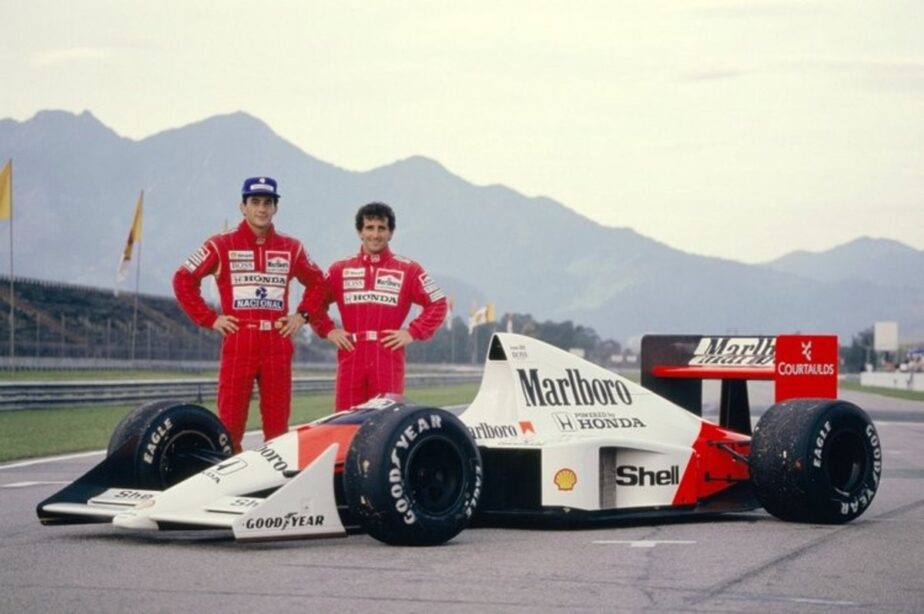
Few eras in F1 history can match the drama of the ‘90s when it comes to driver rivalries. Right from the start of the decade, the legendary feud between Ayrton Senna and Alain Prost took center stage.
- Senna vs. Prost wasn’t just about winning—it was about pride, philosophy, and outright psychological warfare. Their clashes at Suzuka in 1989 and 1990 became the stuff of legend (and controversy).
- When Prost retired in 1993 and Senna moved to Williams in 1994, the sport braced for a new dynamic—but tragedy would strike just as a new chapter began.
🕊️ The Darkest Weekend – Imola 1994
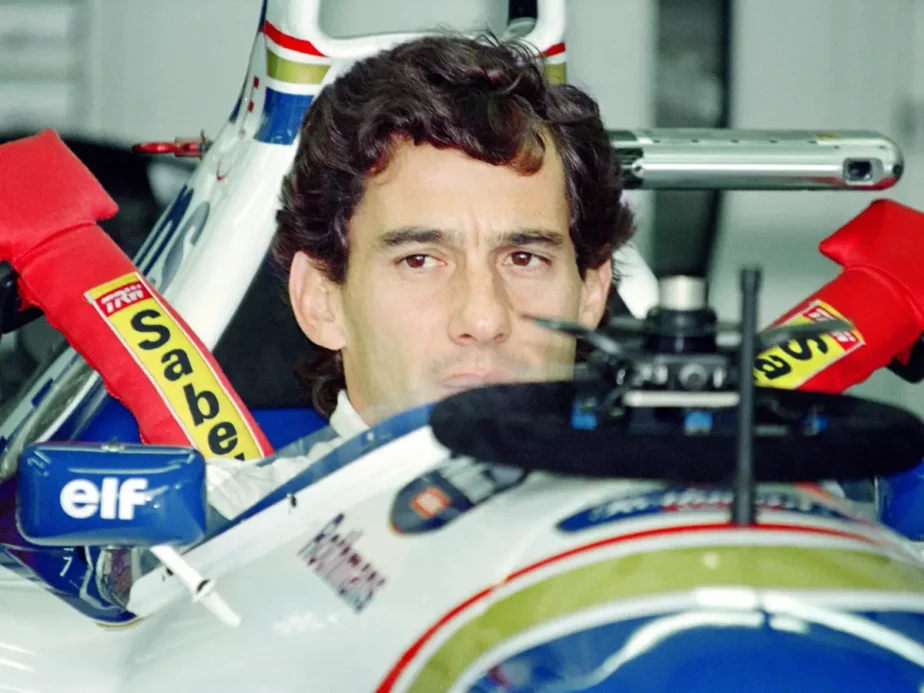
The 1990s weren’t all glory. The San Marino Grand Prix at Imola in 1994 remains one of the darkest weekends in motorsport history.
- Roland Ratzenberger lost his life during qualifying.
- The next day, Ayrton Senna, already a three-time world champion and a hero to millions, crashed fatally at the high-speed Tamburello corner.
That weekend changed F1 forever, triggering a renewed focus on safety and driver protection that continues today.
👑 New Kings Emerge
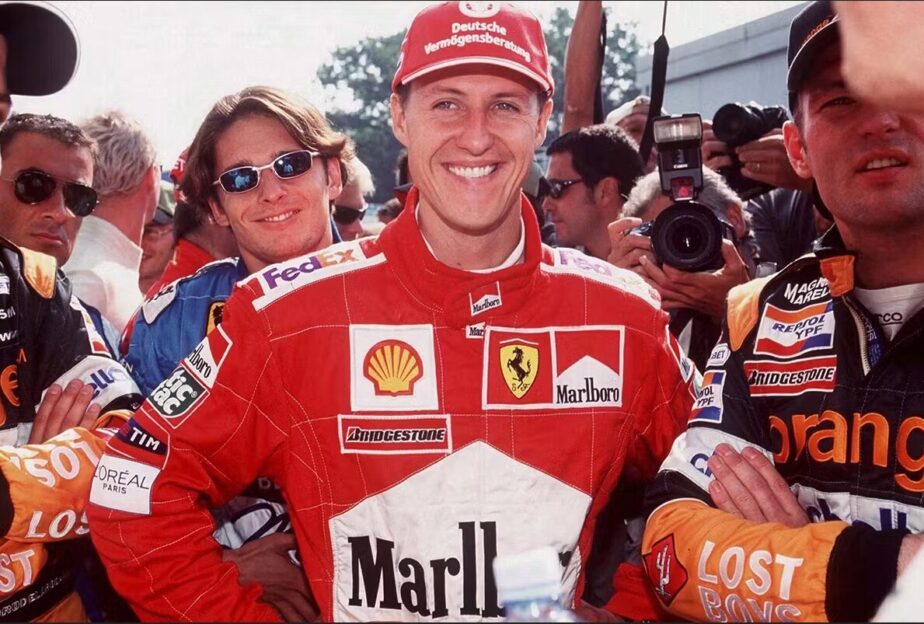
The loss of Senna left a massive void—but new stars quickly rose.
- Michael Schumacher emerged as the dominant force of the mid-to-late ’90s. His combination of raw speed, strategic brilliance, and intensity saw him win his first two world titles in 1994 and 1995 with Benetton.
- His switch to Ferrari in 1996 began a rebuilding project that would redefine modern F1, even if the dominance wouldn’t fully arrive until the 2000s.
Other fan favorites of the era included:
- Damon Hill, who took the title in 1996.
- Jacques Villeneuve, son of the legendary Gilles, who beat Schumacher in a controversial 1997 season finale.
- Mika Häkkinen, the “Flying Finn,” who dueled Schumacher to win back-to-back titles in 1998 and 1999 for McLaren-Mercedes.
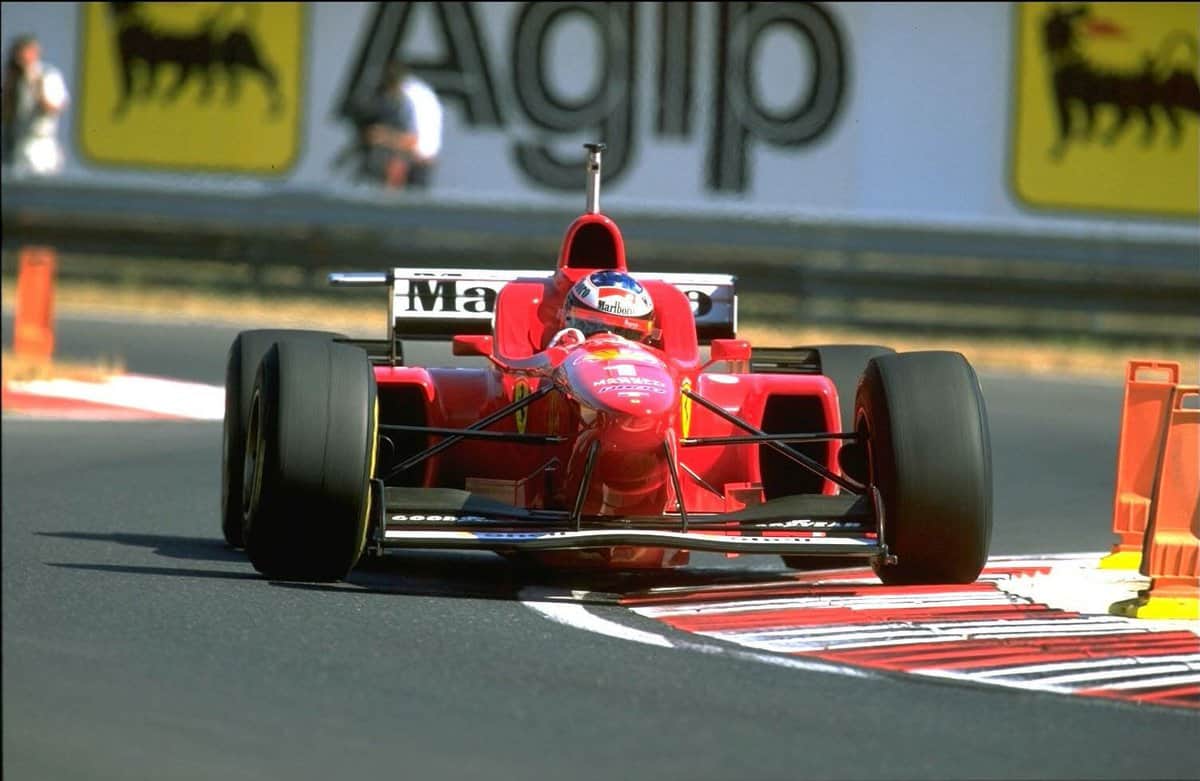
🔧 Technology Evolves – But Drivers Still Mattered
The 1990s saw enormous technological leaps:
- Semi-automatic gearboxes, pioneered by Ferrari in 1989, became the norm.
- Traction control, active suspension, and telemetry systems started to shape performance in ways unseen before.
- Cars became more aerodynamically complex, and pit stop strategies began playing a more central role.
Yet, despite the tech surge, the drivers remained at the heart of the sport. Mistakes were costly. Wheel-to-wheel battles were common. And wet-weather drives (like Senna’s Donington ‘93 or Schumacher’s Spain ‘96) became legendary.
📺 The F1 Experience in the 90s
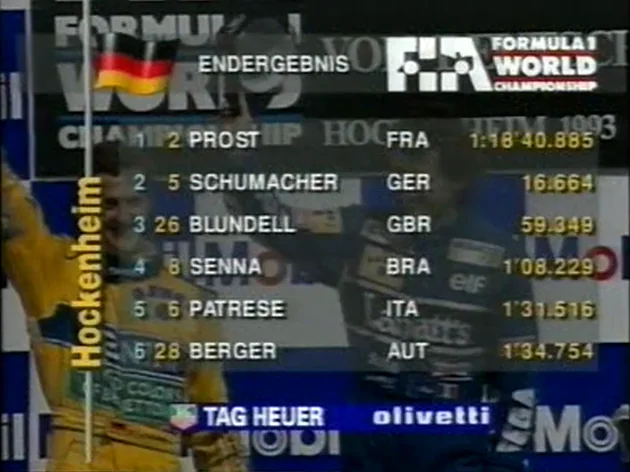
Watching F1 in the ‘90s was a different experience:
- Races aired on free TV, often with static overlays and limited onboard footage.
- Live timing? Not really.
- Social media? Nonexistent.
- You waited to see the replay… or read about it in magazines like Autosport or F1 Racing.
Yet that made it more special. Every overtake felt bigger. Every season’s finale, more intense.
🎨 Iconic Liveries & Team Personalities
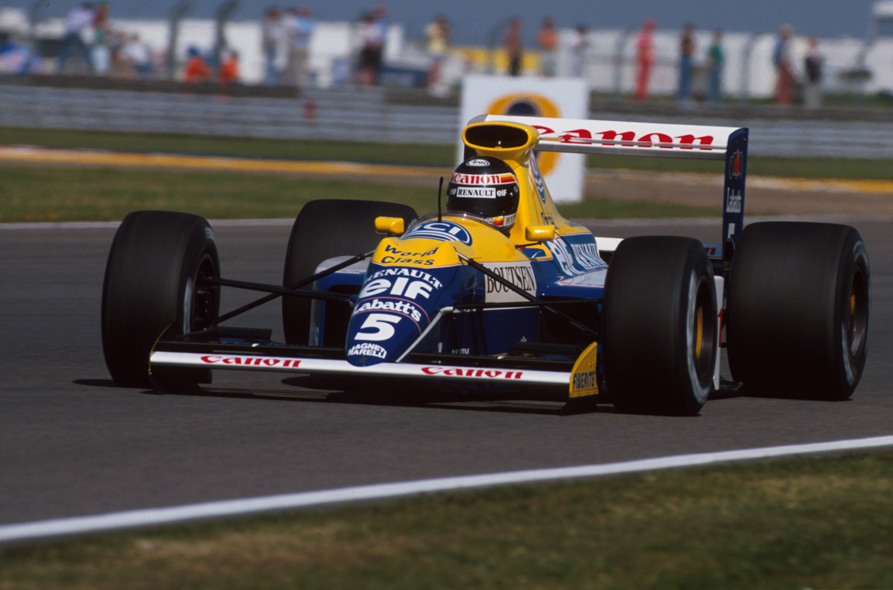
The 90s gave us some of the most memorable team liveries:
- McLaren’s red-and-white Marlboro cars.
- Williams in Rothmans blue and yellow.
- Ferrari’s scarlet red reborn under Schumacher.
- Jordan’s yellow “Buzzin Hornets”.
- And who could forget Minardi, the loveable underdogs?
Teams like Benetton, Sauber, Arrows, and Ligier gave the grid color, variety, and characters—many of whom became future team principals, broadcasters, or legends in their own right.
🏁 Conclusion: An Era of Emotion, Evolution, and Edge
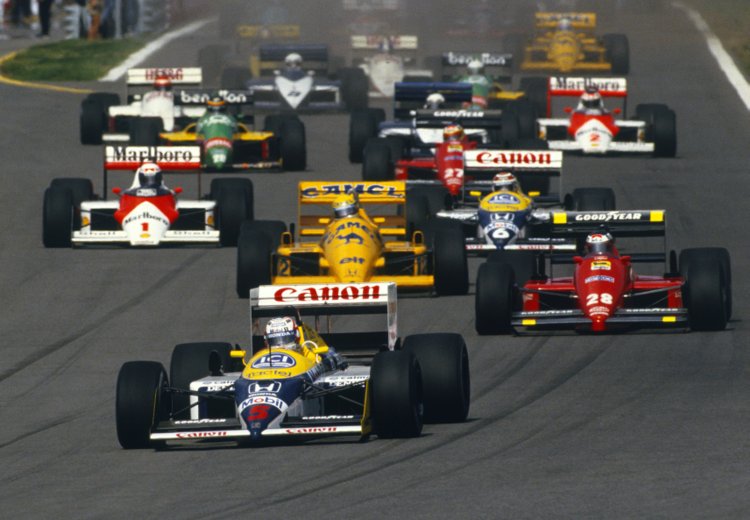
Formula 1 in the 1990s was fast, emotional, and often dangerous—but it was real, raw racing at its finest. The cars had personality. The drivers were gladiators. And the sport, caught between its analog past and digital future, had a unique energy that fans still cherish today.
Whether you’re revisiting the decade through documentaries like Senna, rewatching full races on YouTube, or diving into F1 archives, the ’90s remind us why we fell in love with this sport in the first place.
Do you have a favorite moment from F1 in the 90s? A driver you admired—or a race you’ll never forget? Let’s hear your memories in the comments below. 🏎️💬

